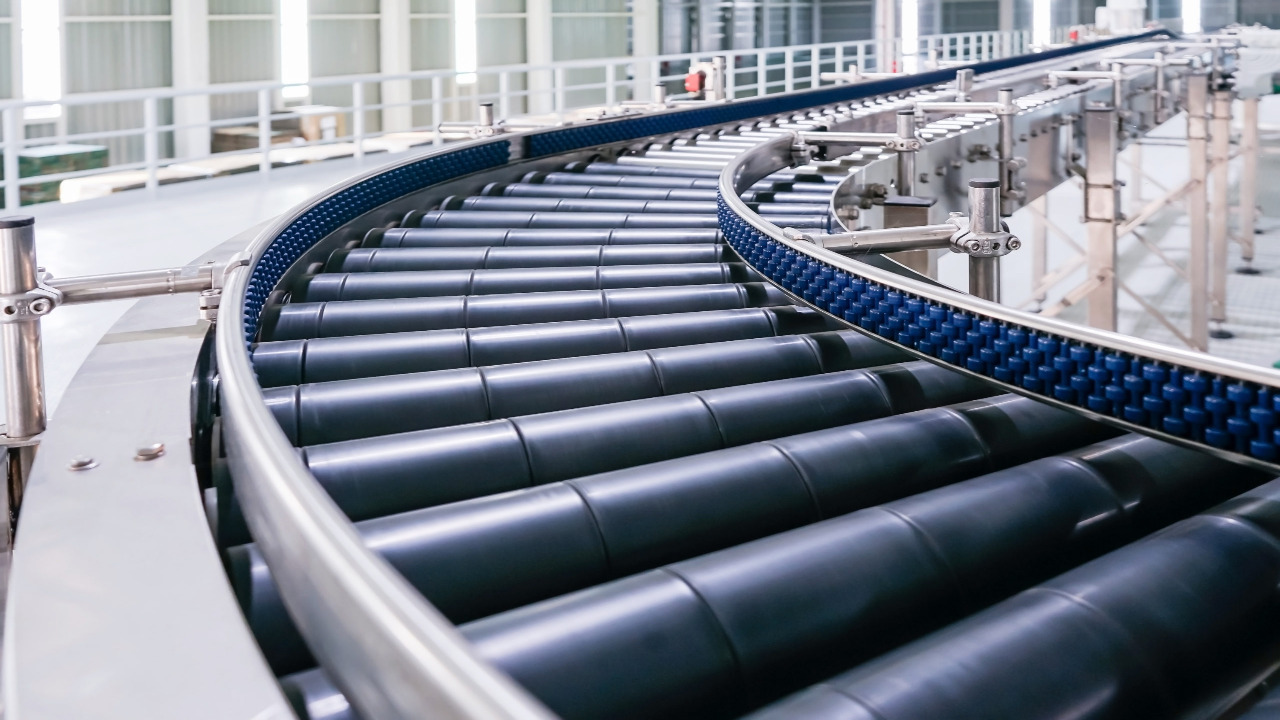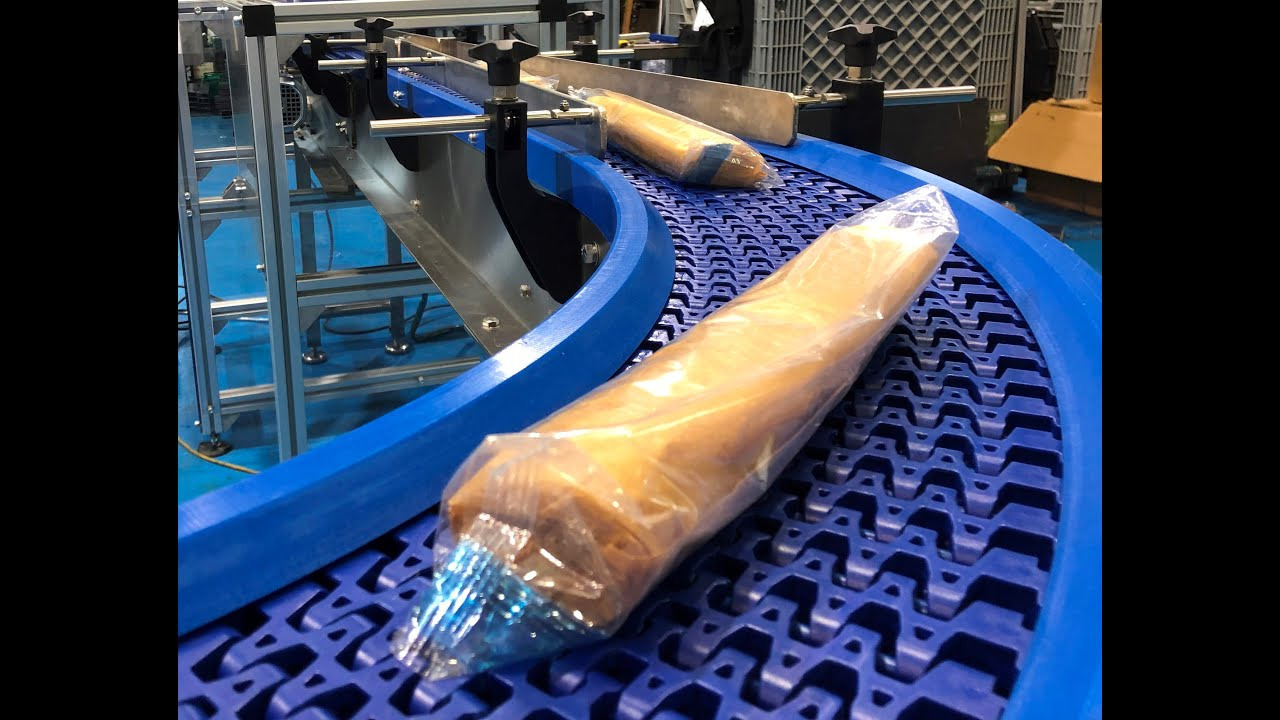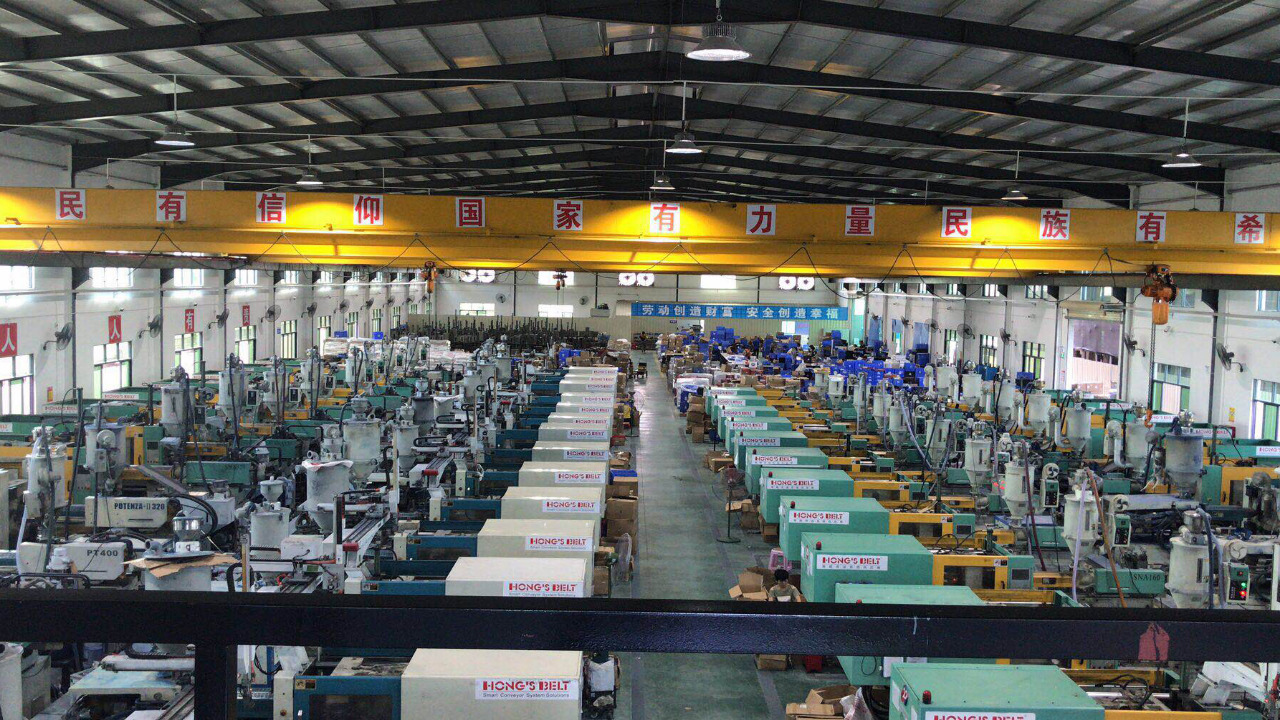Conveyor belt systems are an essential component of many industrial operations, from manufacturing and logistics to mining and agriculture. In recent years, there has been a growing trend towards modular conveyor belt systems, which offer a range of advantages over traditional conveyor belt systems. In this article, we will explore some of the key advantages of modular conveyor belt systems.
Flexibility and Customization

One of the primary advantages of modular conveyor belt systems is their flexibility and customization. Traditional conveyor belt systems are typically fixed in place, with a fixed length and width. This can limit the ability of the system to adapt to changing production needs or to fit into irregular or tight spaces.
Modular conveyor belt systems, on the other hand, are designed with modular components that can be easily configured and reconfigured to meet changing production needs or to fit into irregular or tight spaces. This allows for greater flexibility in the design and operation of the system and can help to optimize production efficiency and space utilization.
Ease of Maintenance and Repair

Another advantage of modular conveyor belt systems is their ease of maintenance and repair. Traditional conveyor belt systems can be complex and time-consuming to repair or replace, requiring significant downtime and disruption to production.
Modular conveyor belt systems, however, are designed with modular components that can be easily replaced or repaired as needed without requiring significant downtime or disruption to production. This can help to minimize maintenance costs and downtime while ensuring the continued efficiency and reliability of the system.
Reduced Risk of Contamination

In many industrial operations, cleanliness and hygiene are critical considerations. Traditional conveyor belt systems can be difficult to clean and can harbor contaminants such as bacteria and allergens that can pose a risk to product quality and safety.
Modular conveyor belt systems, however, are designed with smooth surfaces and minimal crevices or joints, reducing the risk of contamination and making them easier to clean and sanitize. This can help to ensure the safety and quality of products while minimizing the risk of recalls or other costly issues.
Reduced Noise and Energy Consumption

Traditional conveyor belt systems can be noisy and energy-intensive, requiring significant power to operate and generating significant heat and noise. Modular conveyor belt systems, on the other hand, are designed with modular components that can be optimized for energy efficiency and noise reduction.
By using modular components that are designed for optimal energy efficiency and noise reduction, modular conveyor belt systems can help to reduce energy consumption and noise levels while improving the overall efficiency and sustainability of the system.
Scalability and Expansion

Finally, modular conveyor belt systems offer scalability and expansion capabilities that are not possible with traditional conveyor belt systems. As production needs to grow or change, modular conveyor belt systems can be easily expanded or modified to accommodate these changes.
This scalability and expansion capability can help to future-proof the system, ensuring that it can continue to meet production needs and adapt to changing market conditions. This can help to maximize the return on investment in the system while minimizing the risk of obsolescence or replacement.
Conclusion
In conclusion, modular conveyor belt systems offer a range of advantages over traditional conveyor belt systems. With greater flexibility and customization, ease of maintenance and repair, reduced risk of contamination, reduced noise and energy consumption, and scalability and expansion capabilities, modular conveyor belt systems can help to optimize the production efficiency, reduce costs, and ensure the safety and quality of products. As such, they are an essential component of modern industrial operations and are likely to continue to grow in popularity and importance in the coming years.
